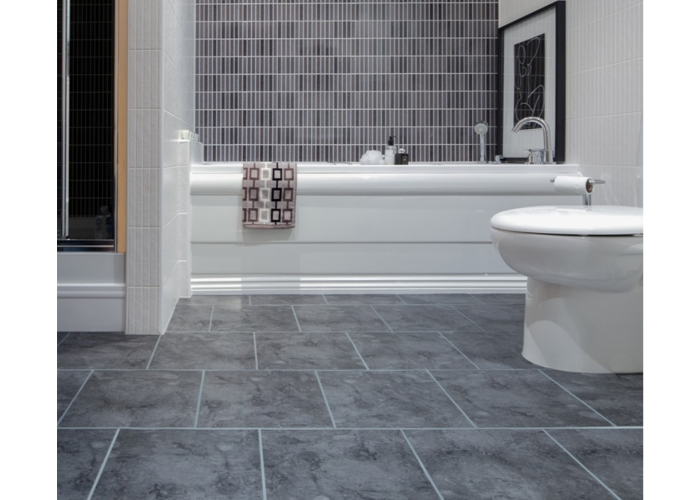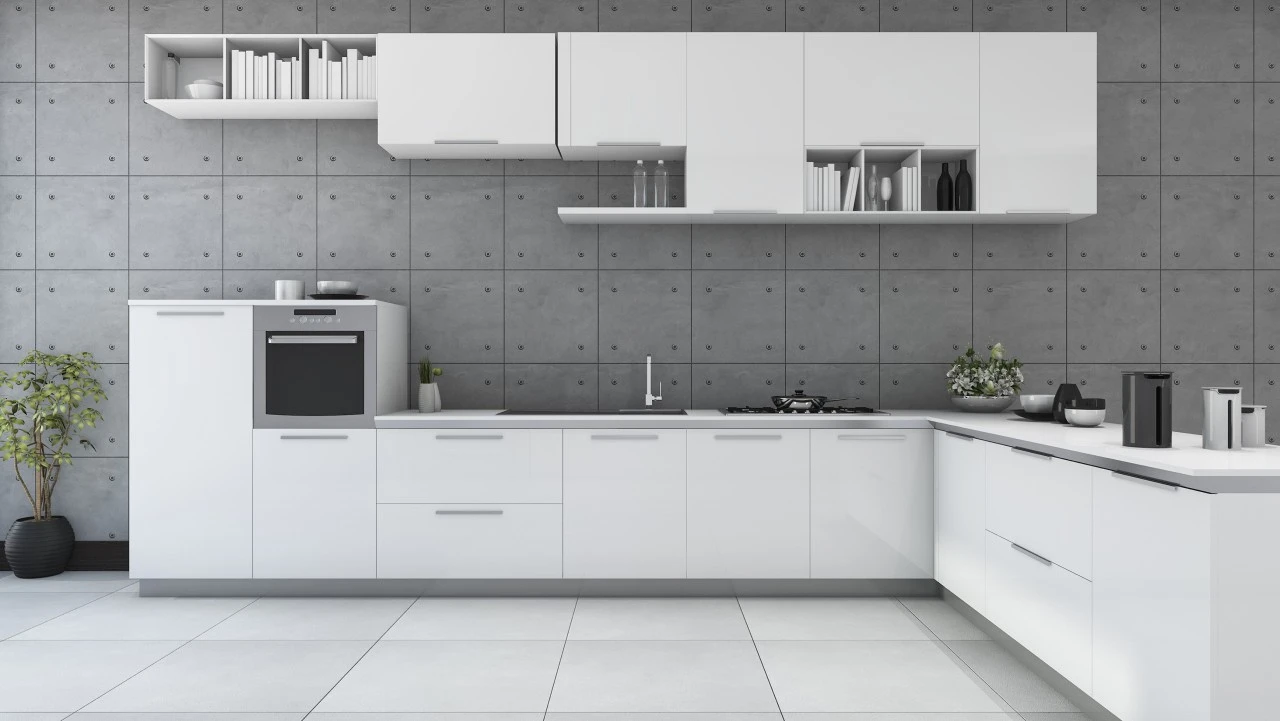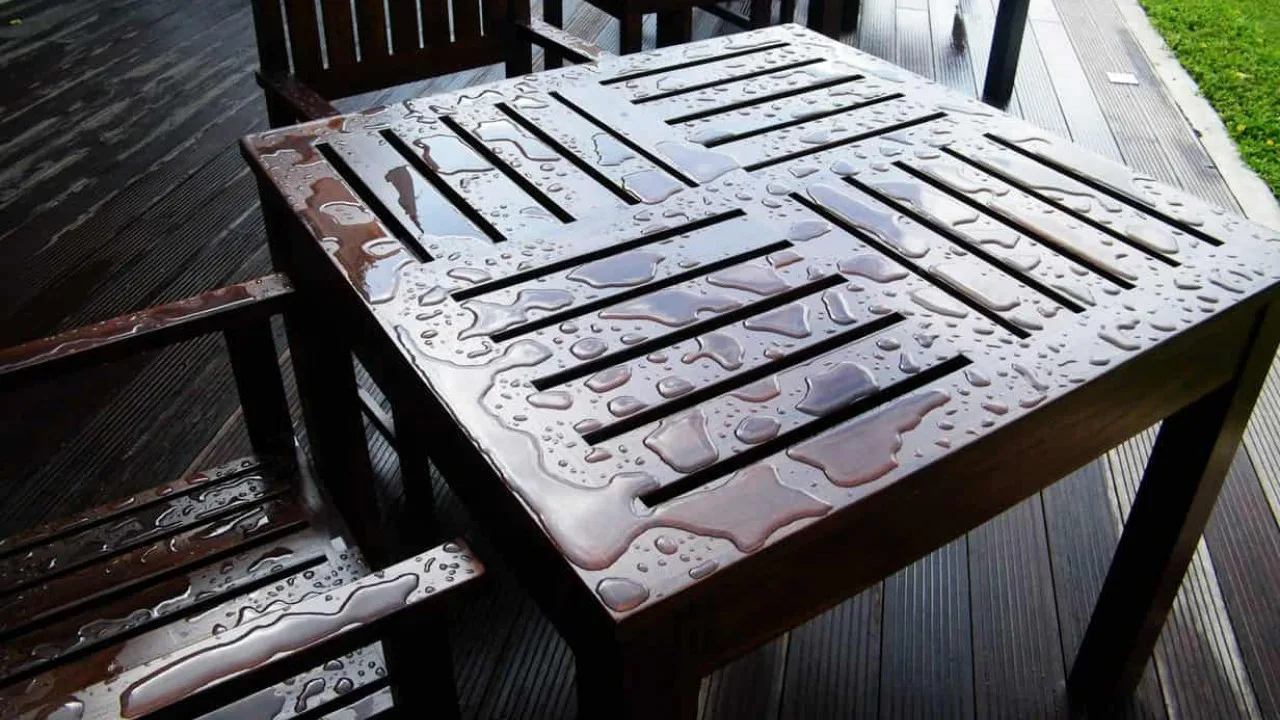Table of Contents
- Introduction to Non-Slip Bathroom Tiles
- Key Factors to Consider When Choosing Non-Slip Tiles
- Slip Resistance Rating
- Material of the Tile
- Tile Texture and Finish
- Size and Shape of the Tile
- Aesthetic Appeal
- Types of Non-Slip Tiles for Bathrooms
- Ceramic and Porcelain Tiles
- Natural Stone Tiles
- Vinyl Tiles
- Pebble Tiles
- How to Install Non-Slip Tiles Effectively
- How Goel World Offers the Best Non-Slip Tiles for Bathrooms
- Conclusion
- FAQs about Non-Slip Bathroom Tiles
1. Introduction to Non-Slip Bathroom Tiles
Bathrooms are one of the most moisture-prone areas in any home, and wet surfaces increase the risk of slips and falls. Choosing the right non-slip tiles is crucial to ensuring the safety and comfort of your bathroom. With various options available, you need to consider factors like material, texture, and slip resistance ratings when selecting the perfect tiles for your space. In this guide, we’ll explore the key factors to consider when choosing non-slip tiles and introduce you to the best tile types for bathroom floors. Goel World offers a wide range of non-slip tiles that combine safety, functionality, and style.
2. Key Factors to Consider When Choosing Non-Slip Tiles
Slip Resistance Rating
The slip resistance of a tile is measured by its R rating. The higher the rating, the better the tile’s slip resistance. For bathrooms, it is recommended to choose tiles with an R10 rating or higher to ensure safety on wet surfaces. Additionally, the Coefficient of Friction (COF) is another measure to consider—higher COF values indicate better grip underfoot.
Material of the Tile
The material of the tile plays a significant role in its slip resistance and durability. Porcelain, ceramic, natural stone, and vinyl tiles are popular choices for non-slip bathroom flooring. Each material has its unique properties, and selecting the right one depends on your design preferences and functional needs.
Tile Texture and Finish
The texture of a tile can greatly influence its slip resistance. Textured, matte-finish tiles provide better grip compared to smooth, glossy tiles. Look for tiles with a slightly rough or textured surface, as they provide more friction when wet, reducing the chances of slipping.
Size and Shape of the Tile
Smaller tiles with more grout lines can provide better grip as the grout creates friction, making it harder to slip. Mosaic tiles and smaller tiles with intricate patterns can be an excellent choice for bathroom floors as they add texture and improve traction.
Aesthetic Appeal
While functionality is a priority, aesthetics matter too. Non-slip tiles come in a variety of styles, colors, and patterns. Choose tiles that complement your bathroom’s design while ensuring they provide the necessary safety features. You can opt for natural stone for a luxurious look, or porcelain and ceramic for a modern, sleek design.
3. Types of Non-Slip Tiles for Bathrooms
1. Ceramic and Porcelain Tiles
Ceramic and porcelain tiles are the most common choices for bathroom flooring due to their durability, water resistance, and affordability. Porcelain is denser and less porous than ceramic, making it slightly more water-resistant. Both materials can be found in non-slip versions with matte finishes or textured surfaces, providing excellent traction in wet conditions.
- Best for: Affordable, durable, and stylish non-slip options.
- Key Benefits: Water resistance, variety of designs, and easy maintenance.
2. Natural Stone Tiles
Natural stone tiles, such as slate, granite, and travertine, are excellent non-slip options for bathrooms due to their textured surface and natural beauty. These tiles are highly durable and add a touch of luxury to any bathroom. However, they require regular sealing to maintain their water resistance and prevent staining.
- Best for: High-end, luxurious bathroom designs.
- Key Benefits: Natural texture, durability, and timeless appeal.
3. Vinyl Tiles
Vinyl tiles are a cost-effective and water-resistant option for non-slip bathroom flooring. They come in a wide range of designs, including those that mimic the look of wood or stone. Vinyl tiles often have a textured surface that provides good slip resistance, and they are also softer underfoot compared to ceramic or stone.
- Best for: Budget-friendly, low-maintenance bathrooms.
- Key Benefits: Affordability, water resistance, and ease of installation.
4. Pebble Tiles
Pebble tiles are made from natural pebbles embedded in a mesh backing, creating a textured surface that provides excellent traction. These tiles offer a spa-like, natural look and are ideal for shower floors, where slip resistance is crucial. The uneven surface of pebble tiles ensures a strong grip, even in wet conditions.
- Best for: Shower floors and wet rooms.
- Key Benefits: Superior traction, natural aesthetic, and unique texture.
4. How to Install Non-Slip Tiles Effectively
Proper installation of non-slip tiles is essential to maximize their safety and performance. Here are some key tips for installing non-slip bathroom tiles:
- Prepare the Subfloor: Ensure that the subfloor is clean, dry, and level before installing the tiles. A smooth subfloor helps prevent any unevenness that could compromise the tile’s grip.
- Use the Right Grout: Select a grout that complements the tile’s color and texture. For smaller, textured tiles like mosaics or pebble tiles, use a non-slip grout to enhance traction.
- Seal Natural Stone: If you’re using natural stone tiles, apply a sealant to protect them from water damage and maintain their non-slip properties.
- Check for Proper Drainage: Ensure that the bathroom floor is slightly sloped towards the drain to prevent water pooling, which could reduce the slip-resistant properties of the tiles.
5. How Goel World Offers the Best Non-Slip Tiles for Bathrooms
At Goel World, we understand the importance of safety and design when it comes to bathroom flooring. We offer a wide range of high-quality non-slip tiles, including ceramic, porcelain, natural stone, and vinyl, to suit every bathroom style and budget. Our expert team is here to help you choose the perfect non-slip tiles that provide both safety and aesthetic appeal. With over 25 years of experience, Goel World is a trusted supplier of premium building materials in Lucknow, helping homeowners create safe, beautiful bathrooms.
6. Conclusion
Choosing the best non-slip tiles for your bathroom is essential for both safety and style. Whether you opt for textured porcelain, luxurious natural stone, or budget-friendly vinyl, the right tiles can enhance the functionality and beauty of your space. Remember to consider slip resistance ratings, material, texture, and design when selecting your tiles to ensure maximum safety and aesthetic appeal. At Goel World, we offer a wide range of non-slip tiles to help you create a bathroom that is not only stylish but also safe for everyday use.
7. FAQs about Non-Slip Bathroom Tiles
Q1: What is the best tile finish for slip resistance in bathrooms?
A matte or textured finish provides the best slip resistance for bathroom tiles, as it increases traction and reduces the likelihood of slips.
Q2: Are natural stone tiles a good option for non-slip bathroom flooring?
Yes, natural stone tiles like slate and travertine are excellent non-slip options due to their textured surface, but they require regular sealing to maintain water resistance.
Q3: Can vinyl tiles be used in bathrooms?
Yes, vinyl tiles are water-resistant, affordable, and offer good slip resistance, making them suitable for bathroom floors.
Q4: How often should natural stone tiles be sealed?
Natural stone tiles should be sealed every 6-12 months to protect them from water damage and maintain their slip-resistant properties.
Q5: Where can I find high-quality non-slip tiles in Lucknow?
Goel World offers a wide selection of high-quality non-slip tiles, including ceramic, porcelain, and natural stone, to help you create a safe and stylish bathroom.









